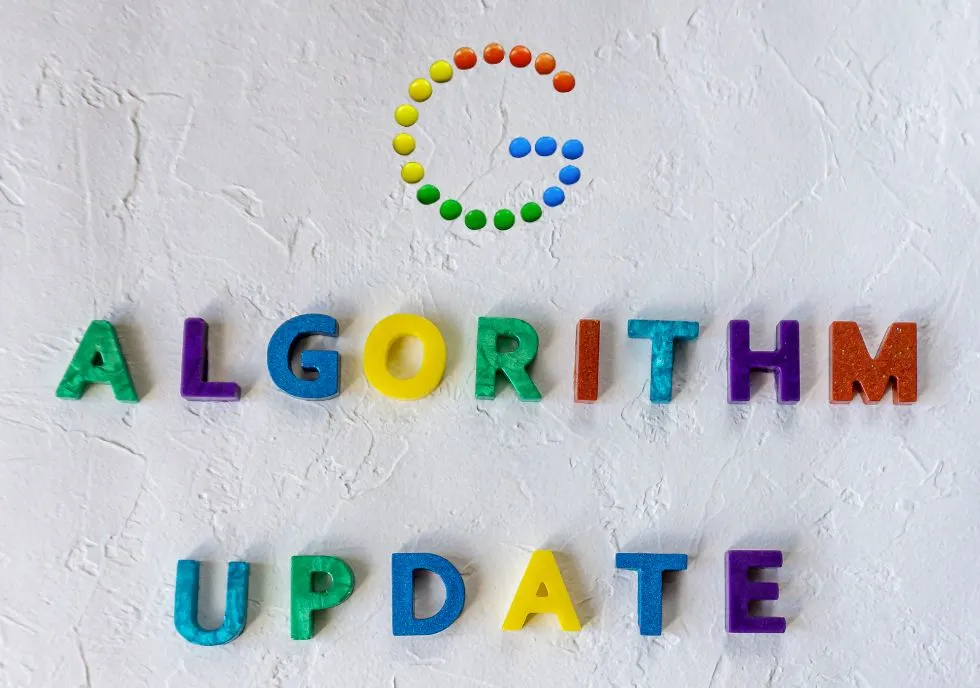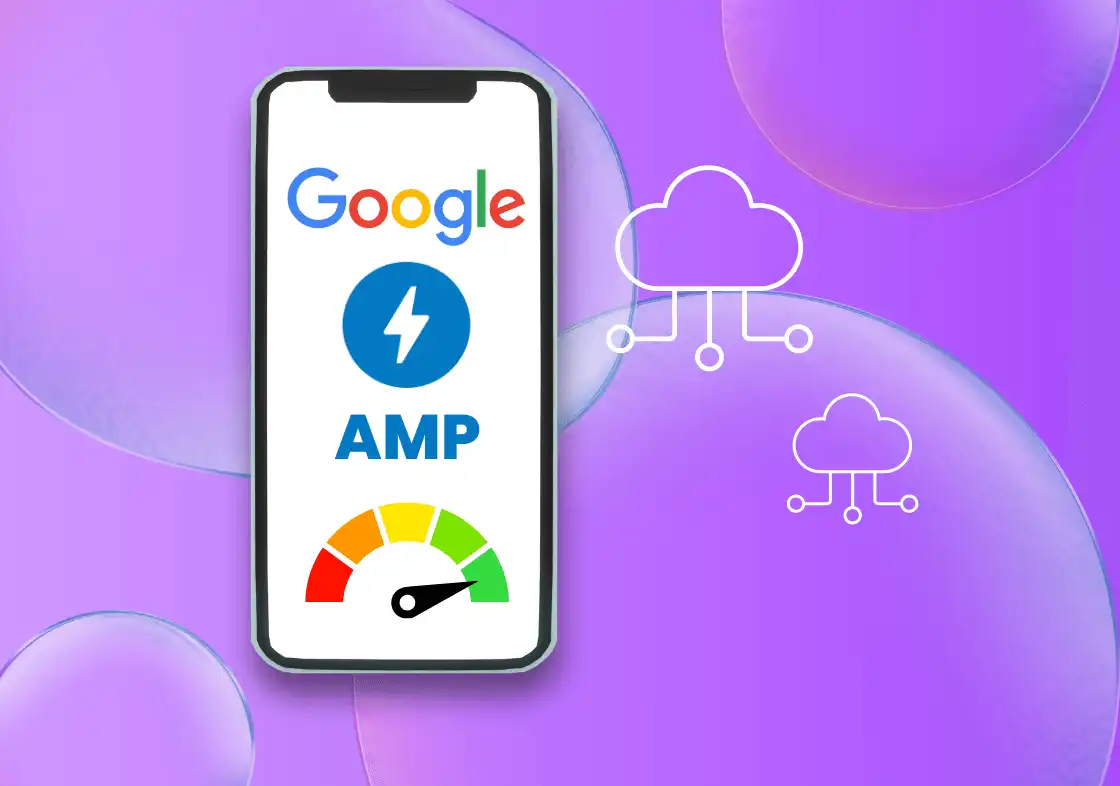Typography for Websites: The Art of Effective Communication
Typography plays a pivotal role in web design, serving as a visual language that communicates the essence of a website’s content. It not only impacts the aesthetic appeal but also influences user experience and comprehension. We will delve into the significance of typography for websites and explore key considerations for choosing the right typefaces to create an engaging and harmonious online experience.
The Power of Typography
Typography holds a remarkable influence as it encompasses the art and skill of skillfully arranging various typefaces to render written language both visually captivating and easily legible. On websites, typography serves as a crucial means of communication, conveying the tone, personality, and hierarchy of information. It creates an emotional connection with users, influences their perception of content, and encourages engagement.
Establishing Visual Hierarchy
A well-designed typographic hierarchy helps users navigate and comprehend the website effortlessly. By using different font sizes, weights, and styles, designers can guide users’ attention and emphasize key elements. Headers, subheadings, and body text should be clearly distinguished to aid readability and provide a visual structure that guides users through the content.
Typeface Selection
Choosing the right typefaces is essential for creating a visually appealing and readable website. Consider the following factors when selecting typefaces:
a. Legibility: Prioritize legibility over novelty. Opt for fonts that are easy to read, even on small screens. Pay attention to factors such as letterforms, x-height, spacing, and overall readability.
b. Brand Consistency: Typography should align with the brand’s identity. If the website represents a corporate entity, a more formal and professional typeface might be suitable. For creative or artistic ventures, a unique and expressive font could be more appropriate. The chosen typefaces should reinforce the brand’s values and visual identity.
c. Contrast and Complement: Pair typefaces that complement each other while providing sufficient contrast. Combining a serif and a sans-serif font is a popular choice, as it creates a harmonious balance between elegance and modernity. Contrast can also be achieved through variations in weight and style within a single typeface, adding visual interest.
d. Responsive Design: Consider the responsiveness of typefaces across various devices and screen sizes. Opt for fonts that scale well and maintain legibility on both desktop and mobile platforms. Responsive typography ensures that the content remains accessible and visually appealing regardless of the device used.
Readability and Spacing
Pay attention to line spacing, also known as leading, to ensure comfortable reading experiences. Ample white space between lines helps prevent overcrowding and allows text to breathe. Adequate spacing around headlines, paragraphs, and other text elements enhances readability and makes the content more scannable. Furthermore, consider the optimal line length to prevent readers from losing their place while reading.
Accessibility and Inclusivity
Typography should be accessible to all users, including those with visual impairments. Select typefaces that meet accessibility standards, such as sufficient contrast between text and background colors. Additionally, consider offering font size options and alternative text formats for users who may require them. Accessibility features like screen reader compatibility and adjustable font settings contribute to a more inclusive web experience.
Typography as Visual Expression
Beyond legibility and functionality, typography can be used to evoke emotions and reinforce the website’s overall visual identity. Experimenting with custom typefaces, letter spacing, and font treatments can add a distinctive touch to the design, capturing the essence of the brand and making the website memorable. Typography can convey emotions such as trust, playfulness, sophistication, or urgency, depending on the chosen typefaces and design elements.
Consistency and Coherence
Maintaining consistency in typography across a website enhances user experience and creates a sense of coherence. Consistent font choices, sizes, and styles throughout different sections and pages establish a visual rhythm and make the content feel unified. It’s essential to establish a typographic style guide that outlines the rules for font usage, hierarchy, and formatting to maintain visual consistency.
Typography in Responsive Design
With the proliferation of mobile devices, responsive design has become a necessity. Typography plays a critical role in ensuring readability and usability across different screen sizes and orientations. Responsive typography involves adjusting font sizes, line heights, and spacing to accommodate varying viewing conditions. It is crucial to test and optimize typography for different devices to provide a seamless user experience.
Typography is a vital element in website design that significantly influences user experience, communication, and brand perception. By choosing the right typefaces, establishing a clear hierarchy, prioritizing readability, accessibility, and visual expression, web designers can create visually appealing, engaging, and inclusive websites. Thoughtful typography enhances the overall user experience and ensures that the website’s message is effectively conveyed to its audience. Through careful consideration and implementation, typography becomes a powerful tool in shaping the online presence and impact of a website.



